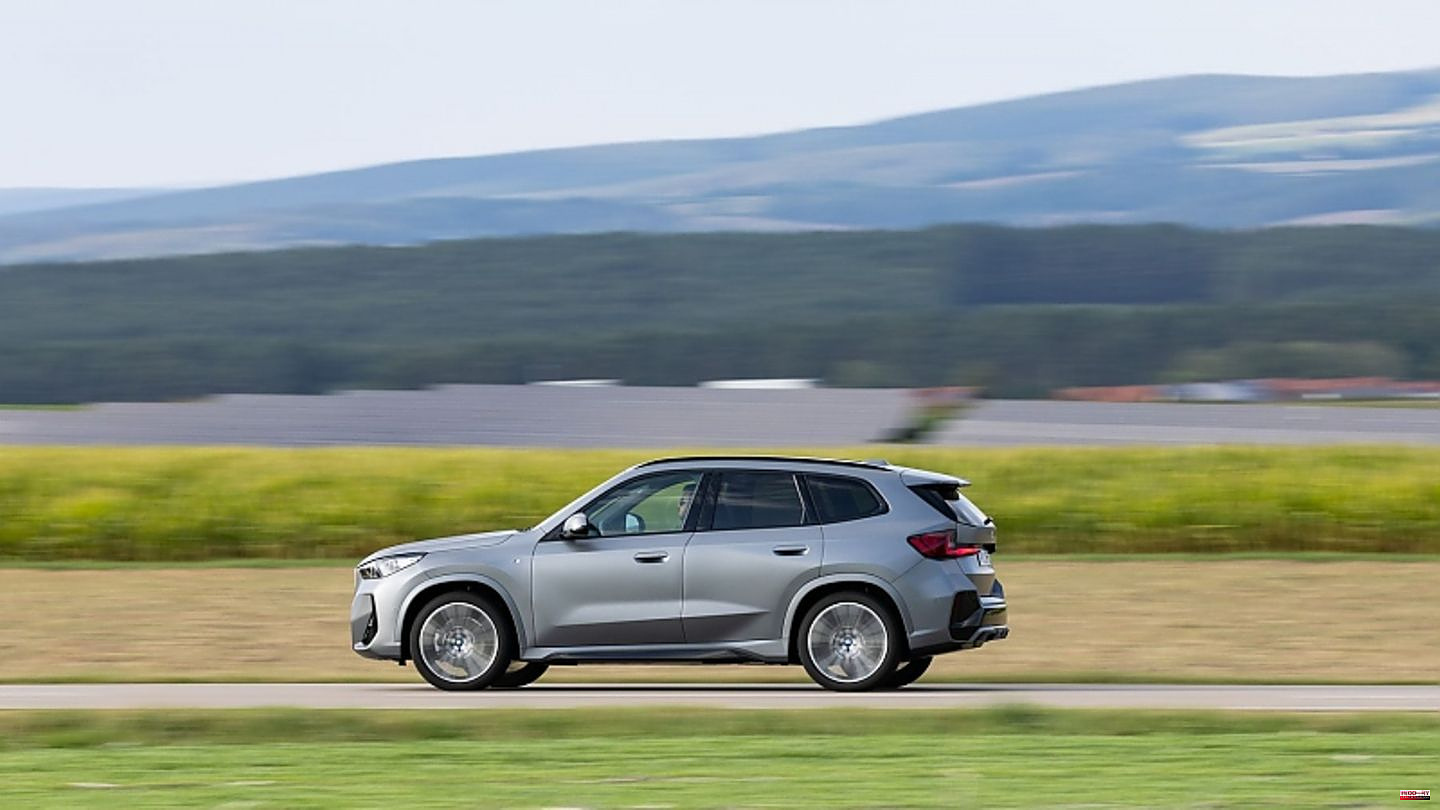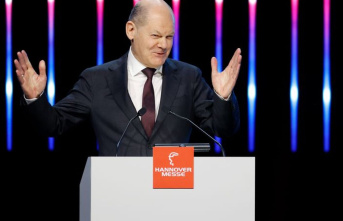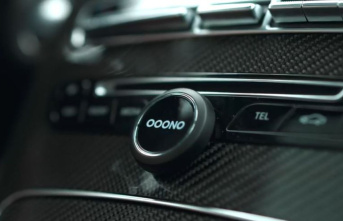Anyone who thought years ago that the SUV wave was just a long-term trend is mistaken. SUV has long been the new normal - the standard model of the future is a crossover; in most cases with an electric drive anyway. As one of the last well-known car manufacturers, Ferrari will also be launching its first SUV in the coming year - of course a real sports car, as the northern Italians never tire of emphasizing. Somewhat surprisingly without electrification, but with brute V12 suction power. For years, people have been looking over at the competitor Lamborghini, who is rushing from sales record to sales record with the Urus as a powerful twin model of the Audi RS Q8, both furtively and enviously. Despite the facelift, it too is currently still on the road without electrification - that will follow in 2024. Aston Martin was also not able to ignore the SUV love of customers and is also selling its DBX, which was launched late, as a competitor to models such as the Porsche Cayenne and BMW X6. Rolls-Royce already has its Cullinan, Bentley its Bentayga, Maserati with Grecale and Levante already have two models and Lotus with its Eletre. It is just as fully electric as the first model from the new luxury manufacturer Aehra, which plans to be on the market from 2025. Bestsellers for decades: Mercedes G-Class or Range Rover, which are more real off-road vehicles than thin crossovers.
In the lower classes, nothing has been possible without the sport utility vehicle for years anyway. Ford recently announced the end of production of its small endurance runner Fiesta in mid-2023 after 47 years. It will be replaced - what a surprise - by an electric crossover based on Volkswagen's modular electric kit. Volkswagen is planning further crossovers in its ID family and so an ID2 crossover will be positioned below the ID3 in the middle of the decade. Some of the volume manufacturers are moving straight into the crossover direction with the switch to electromobility. This applies to brands like Peugeot as well as DS, Fiat, Alfa Romeo, Renault / Dacia, Toyota or the Korean duo of Kia and Hyundai. If the brands had to swallow some political pills when it came to the drive of the future, the body shape is all about the customer, because in many markets SUVs and crossovers are the norm across brands and segments - regardless of whether it's a 15,000 euro expensive one Dacia Sandero Stepway, a Renault Megane E-Tech, the VW ID5, the Tesla Model Y or even a Ferrari Purosangue. A return to old bodywork trends such as a mid-range sedan or even models that have been popular for decades such as vans or station wagons seems unlikely, and the hatchback models that are so popular in Europe are also coming under pressure in more and more countries.
If you look at the German market, you can see how popular SUVs are now. In October 2022 alone, more than 61,000 registered crossovers meant a sales share of 29.3 percent. If you add the 24,850 SUVs (11.9 percent), the total share in the package is a mighty 41.2 percent. Far behind was the once popular compact class with almost 36,000 vehicles (17.1 percent) or the middle class (21,210 registrations / 10.2 percent). The general interest of customers in SUVs has hardly changed as a result of the switch to electric vehicles and plug-in hybrids. What is changing are the product portfolios of the manufacturers. The small entry-level models in the A and B segments hardly make a profit - especially not with an expensive battery on board. Therefore these are deleted. In addition, in addition to the comfort requirements of customers, new crash regulations are ensuring that the small entry-level models will disappear from more and more brands. On the other hand, car manufacturers are streamlining their portfolios or even completely converting them. In this context, models are combined, station wagons or vans are deleted, and attempts are made to capture as many customers as possible with one body variant. Even established sports car manufacturers can no longer avoid offering SUV models.







